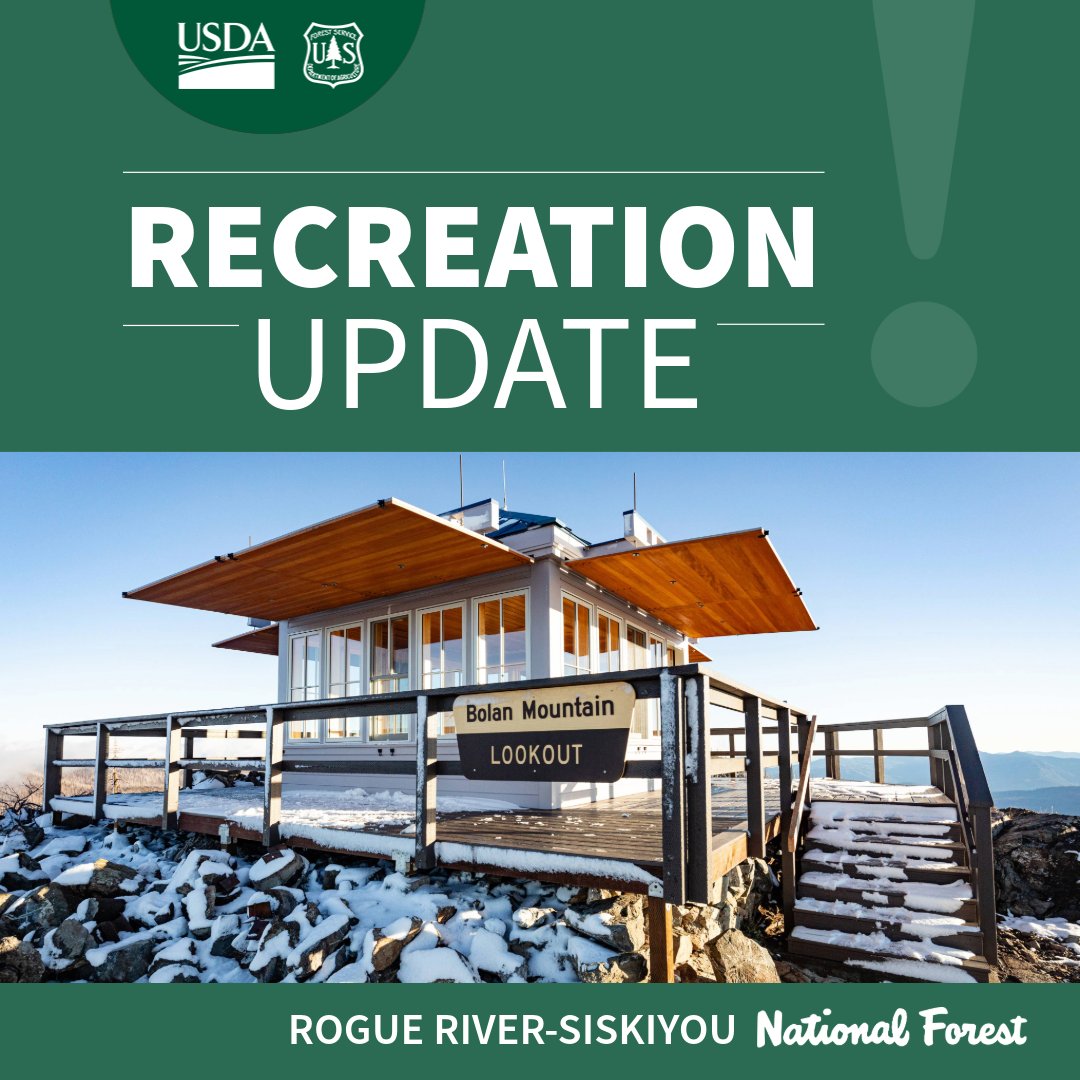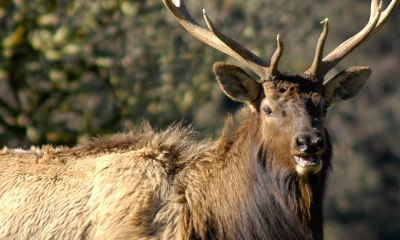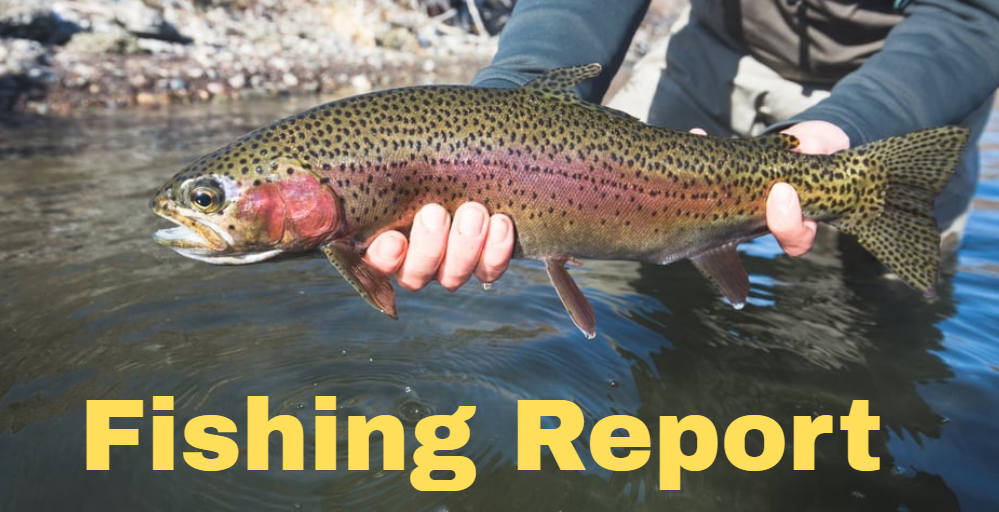Your Information Now





USE THE CATEGORIES IN THE BLACK BAR ABOVE, OR YOUR MENU ICON OF YOUR DEVICE TO NAVIGATE THE SITE TO FIND THE INFORMATION YOU ARE LOOKING FOR.
RECREATION / HUNTING INFORMATION -
Get all the latest information about outdoor activities in Southwestern Oregon. You will find useful information about both general recreation in the outdoors, and also information about hunting. It is a big world out there. We help you explore it.
If you over do it in the outdoors, Valley Immediate Care is ready to help you!
PRESENTED BY:
RECREATION INFORMATION -
Camping is a hugely popular way to enjoy the outdoors. But, what if you don't have a tent, trailer, or camper? Then what? There are options for you!!
Yurts and cabins are just the thing. Both snug and secure, they require no setup and they’ll keep you dry and warm no matter the weather.
How to Reserve
Search for cabins and yurts (including pet-friendly ones) on Find a Park and use the Features button to filter for parks with cabins and yurts.
Reserve at oregonstateparks.reserveamerica.com or by calling 800-452-5687. Cabins and yurts are popular — we recommend you reserve them well in advance.
Rates
Rates range from $42-$62 a night for a rustic cabin or yurt, plus lodging tax. Deluxe cabins and yurts range from $81-$99 a night, plus lodging tax. For specific rates, visit oregonstateparks.reserveamerica.com.
Amenities
Cabins and yurts are a comfortable camping experience for any season. Cabins have solid walls and yurts are dome-shaped with canvas walls (Wallowa Lake yurts have wood walls for extra warmth). Choose between rustic or deluxe cabins and yurts at select parks. For sample floorplans, see our Comfort Camping brochure.
Rustic Cabins and Yurts
- Rustic cabins can be one room or two. One-room cabins sleep 4-5; two-room cabins sleep 5-6.
- Yurts sleep 5.
- Beds are a combination of bunk beds, futon couch or double bed, each with a vinyl mattress. Guests bring their own bedding.
- Table and two chairs.
- Locking door, electricity, heat and lights.
- Guests use the shared campground restroom and showers, a short walk away.
- Cooking is not allowed inside rustic facilities.
Deluxe Cabins and Yurts
The deluxe cabins and the deluxe yurts at Umpqua Lighthouse State Park feature all of the amenities listed above, plus
- Private bathroom with shower;
- Kitchenette with fridge and microwave;
- Propane/electric barbecue grills.
Some deluxe cabins and the deluxe yurts at Umpqua Lighthouse also have a TV with DVD player.
Things to Know
- Indoor cooking is only permitted inside deluxe yurts and deluxe cabins, and only with the provided microwave. No outside appliances allowed. Cooking utensils are not provided.
- All yurts have a fire pit and picnic table outside.
- Pets are allowed only inside pet-friendly yurts and cabins (see below).
- No smoking in any facilities.
- You must be 18 or older to rent these units.
- Parking for one vehicle is included with each reservation. Most parks allow one extra vehicle for an additional daily fee (paid at park).
- Any damages will be the responsibility of the reservation holder.
Staying with Your Pet
Pets are allowed in designated cabins and yurts for an additional $10 fee (refundable for those who don't bring pets). Up to two cats or dogs can stay with you in pet-friendly facilities.
Accessibility Information
ADA yurts and cabins are equipped with ramps leading to the entrance and accessible restrooms. ADA facilities are indicated on the reservation page. These facilities are open to the general public, but please try to reserve a non-ADA yurt or cabin if available, leaving the ADA facilities for campers who need them.

All information and fees are subject to change without notice
And, there is this option for those who do have mobility.....THE BOLAN LOOKOUT HAS REOPENED!!

From the Rogue River Siskiyou National Forest -
"Following an incredible journey with our partners at Siskiyou Mountain Club and a cadre of volunteers and builders, we're proud to report that you can once again make a reservation at Bolan Mountain Lookout. The lookout was destroyed in the 2020 Slater Fire, and we're celebrating the return of this iconic forest landmark! Reservations at Recreation.gov.
NOTE: We're still waiting for the table and chairs to arrive, so visitors need to plan accordingly. We will let you know when they come! Learn more about the journey to bring Bolan Mountain Lookout back from the ashes here.
Hunting seasons are beginning to open for the fall seasons. The Black Bear season opened August 1st. Before you know it, archery season will be here, and then the rifle seasons.
However, before going out, hunters should be aware of both current regulations, and also fire danger. Always use great caution to prevent the spark that could cause the next fire.

Oregon is home to an estimated 25,000-30,000 black bears, which is North America’s most common bear species. They are the only type of bear found in Oregon. Despite their name, black bears are often brown in color, They also can have a reddish or cinnamon hue. That is a color phase seen in the Applegate, and in the areas around .
Habitat: Black bears are found statewide, with concentrations in the Coast and Cascade ranges and the Blue Mountains.
Techniques: Glassing open areas where bears are feeding on grass and shrubs is a proven tactic. 3 to 5 year old clear cuts and burn scars favored by bears. They will be in them in the early mornings and then late in the evening before night fall. Some hunters turn to predator calls. Most bears are taken while hunters are after other species like deer and elk later in the fall.

Oregon offers diverse deer hunting opportunities among beautiful landscapes, with both over-the-counter general tags and controlled tags available. Western Oregon’s reclusive black-tails live in the lush habitat of the coastal mountains and western Cascades. Eastern Oregon’s mule deer live in the more open country of the High Desert and the northeast. Oregon also boasts a growing white-tail population and opportunity to hunt them in controlled hunts in the southwest and northeast portions of the state.
Oregon’s big game are managed by wildlife management units, particularly for controlled hunts, so get familiar with the boundaries where you want to hunt. Hunters in Oregon can access millions of acres of public land open to hunting (national forests, BLM land, state forests, wildlife areas) plus many private lands open through Oregon’s Access and Habitat program. See www.oregonhuntingmap.com to find a place to hunt.

Features: Roosevelt elk are one of two subspecies of elk found in Oregon, with an estimated population of 59,000 in the state. “Rosies” are darker in color than other elk subspecies and the largest in terms of body size, with bulls generally weighing 700-1,100 pounds.
Habitat: Roosevelt elk occupy most of western Oregon, with concentrations in the Cascade and Coast ranges. All elk west of Hwy 97 are considered to be Roosevelt elk, though there is some overlap of Oregon’s two subspecies in the Cascades.
Techniques: Roosevelt elk make their home in the thick and lush forests of western Oregon so still, spot and stalk, and calling are recommended. Rifle, archery and muzzleloader seasons are available. Most archery and many rifle hunts are general season in western Oregon, except for parts of SW Oregon and the Saddle Mtn Unit which are limited entry (apply by May 15 for these controlled hunts).

Rocky Mountain elk are one of two subspecies of elk found in Oregon, with a population estimate of more than 74,000 in the state. They are lighter in color and slightly smaller in size than Roosevelt elk, but their antlers are the largest of all elk and can weigh up to 40 pounds.
Habitat: Rocky Mountain elk inhabit most of eastern Oregon with concentrations in the Blue Mountains and south-central Oregon.
Techniques: Rocky Mountain elk live in much more open country that Roosevelts so try glassing, still hunting, spot and stalk and calling. Rifle, archery and muzzleloader seasons are available. Most archery and several spike hunts are general season. Eastern Oregon’s branched bulls are some of the most desirable game animals in the state so most of these rifle seasons are limited-entry.
For fishing information....................click image 
Game Bird Hunting
BE SURE YOU KNOW WHAT THE REGULATIONS ARE FOR FIRES IN THE AREA YOU INTEND TO HUNT!!
What is hunting camp without a camp fire? Not only does a camp fire add to the experience of camping, it also is a means for, cooking, heat, and light. But, every year in Oregon, hundreds of fires are started by campfires.....and also warming fires. Sometimes that is due to selecting a poor location for your fire. And sometimes that is due to leaving a fire that was not completely out. Always be sure your fires are dead out when you walk away from them.











.jpg)




